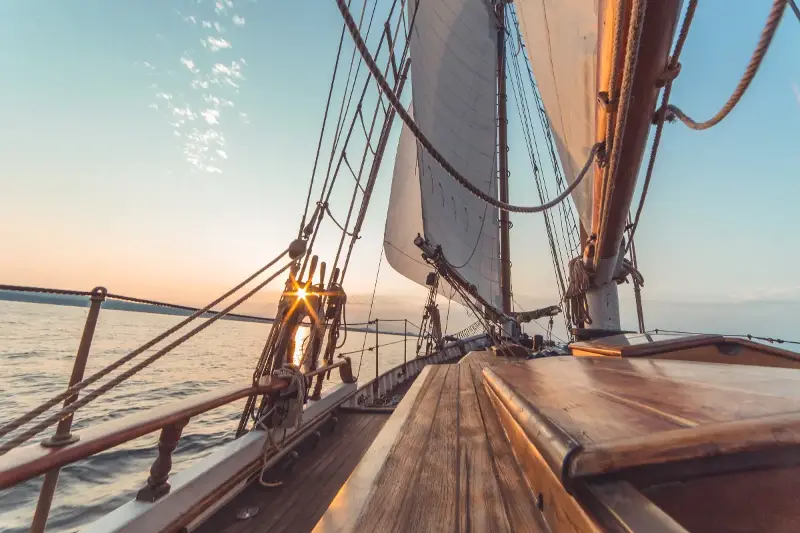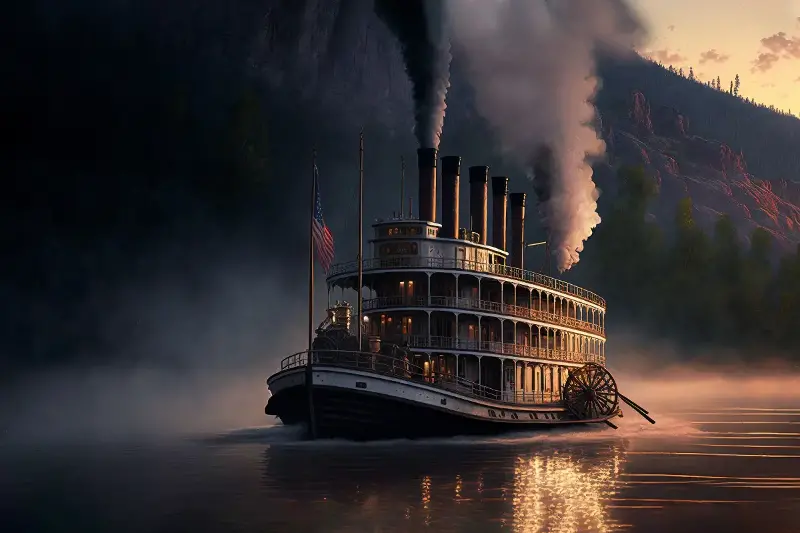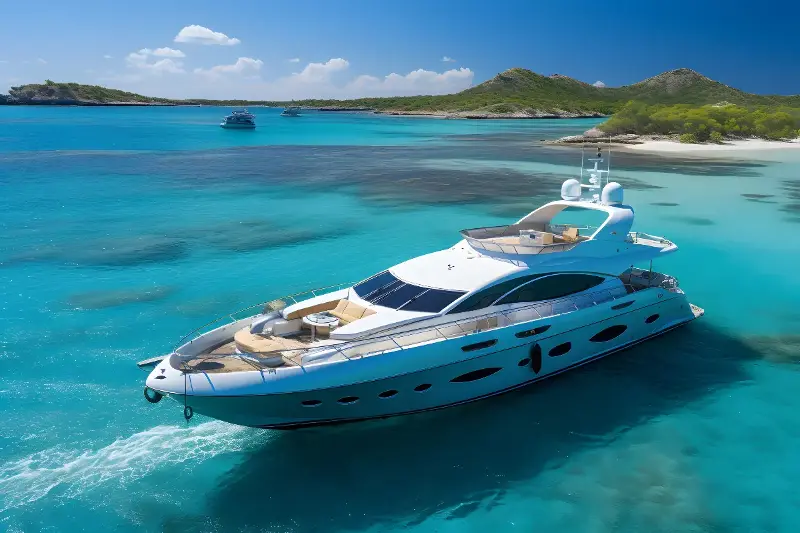The echoes of ancient waves have always called to humankind, tempting us to traverse and tame the sea. Our story with the ocean is far more than a tale of survival—it is a grand saga of imagination, curiosity, and relentless progress. From simple hand-carved canoes gliding through rivers to sleek, high-speed vessels slicing across vast oceans, the journey of sea travel is a fascinating testament to human ingenuity.

Setting Sail: The Dawn of Seafaring
The earliest known canoes, dating back more than 10,000 years, were hollowed tree trunks. These first vessels were crude yet profoundly important innovations. Imagine the courage of ancient peoples, paddling into misty horizons, their hearts brimming with hope and uncertainty.
Every paddle stroke was a leap into the unknown—a tangible expression of humanity’s restless spirit.
These humble crafts connected cultures, spread languages, and unlocked new territories. Eventually, the use of animal skins and reed bundles brought about progress in buoyancy and stability, enabling longer voyages along coastal routes.
Winds of Change: The Age of Sail
As societies advanced, so did their vessels. The introduction of sails—possibly as early as 3000 BCE—was revolutionary. Suddenly, wind, not just muscle, could drive boats across open seas. Egyptians, Phoenicians, and the astounding Polynesians harnessed sophisticated sails and navigational wisdom to cross surprising distances.
Key innovations during the age of sail include:
- The development of the keel, increasing stability for ocean crossings
- The invention of the lateen sail, allowing ships to tack against the wind
- Navigational tools like the astrolabe and magnetic compass, charting new worlds
Picture the tension and wonder aboard galleons and junks as they braved thunderous storms and uncharted waters, driven by trade, ambition, or simple curiosity.

Engines of Empire: The Steamboat Revolution
The Industrial Revolution unleashed the power of steam. In 1807, Robert Fulton’s Clermont transformed river travel on the Hudson. Ironclads and steamers soon redefined transoceanic travel. For the first time, predictable schedules were possible—steam engines did not rely on changing winds.
This era brought about:
- The globalisation of commerce, as cargo could move efficiently and reliably.
- A social revolution, connecting families and cultures across hemispheres.
- The beginning of luxury liners, shipping migrants and travellers in relative comfort across the Atlantic.
Humanity’s relationship with the sea deepened—we no longer drifted at nature’s mercy, but charted deliberate courses through it.
Modern Miracles: Technology at the Helm
The 20th and 21st centuries have seen a breathtaking leap in marine technology. From diesel propulsion and nuclear-powered icebreakers to hydrofoils and solar-powered yachts, the limits continue to expand.
Noteworthy modern advances include:
- GPS navigation—precision that ancient mariners could barely imagine
- Autonomous vessels and cutting-edge safety systems
- Environmental engineering, crafting eco-friendly hulls and emission-reducing engines
Now, even “superyachts” and streamlined racing boats are feats of art and science, blending lightweight composites, computer-aided designs, and onboard luxuries once only dreamt of. For the modern sailor, horizons are ever-widening as technology navigates the way.

Looking Forward: The Blue Frontier Awaits
With futuristic concepts—like underwater exploration crafts, wave-powered ferries, and even floating cities—our journey at sea is far from over. Sea travel continues to inspire artists, scientists, and adventurers alike.
The ocean’s call endures, a reminder of humanity’s unyielding urge to discover and connect.
As we gaze at the rolling tide, one can only wonder: what marvels might the next tide of progress bring, and how will they reshape our relationship with the world’s greatest expanse? The journey continues—will you be part of the next wave?
